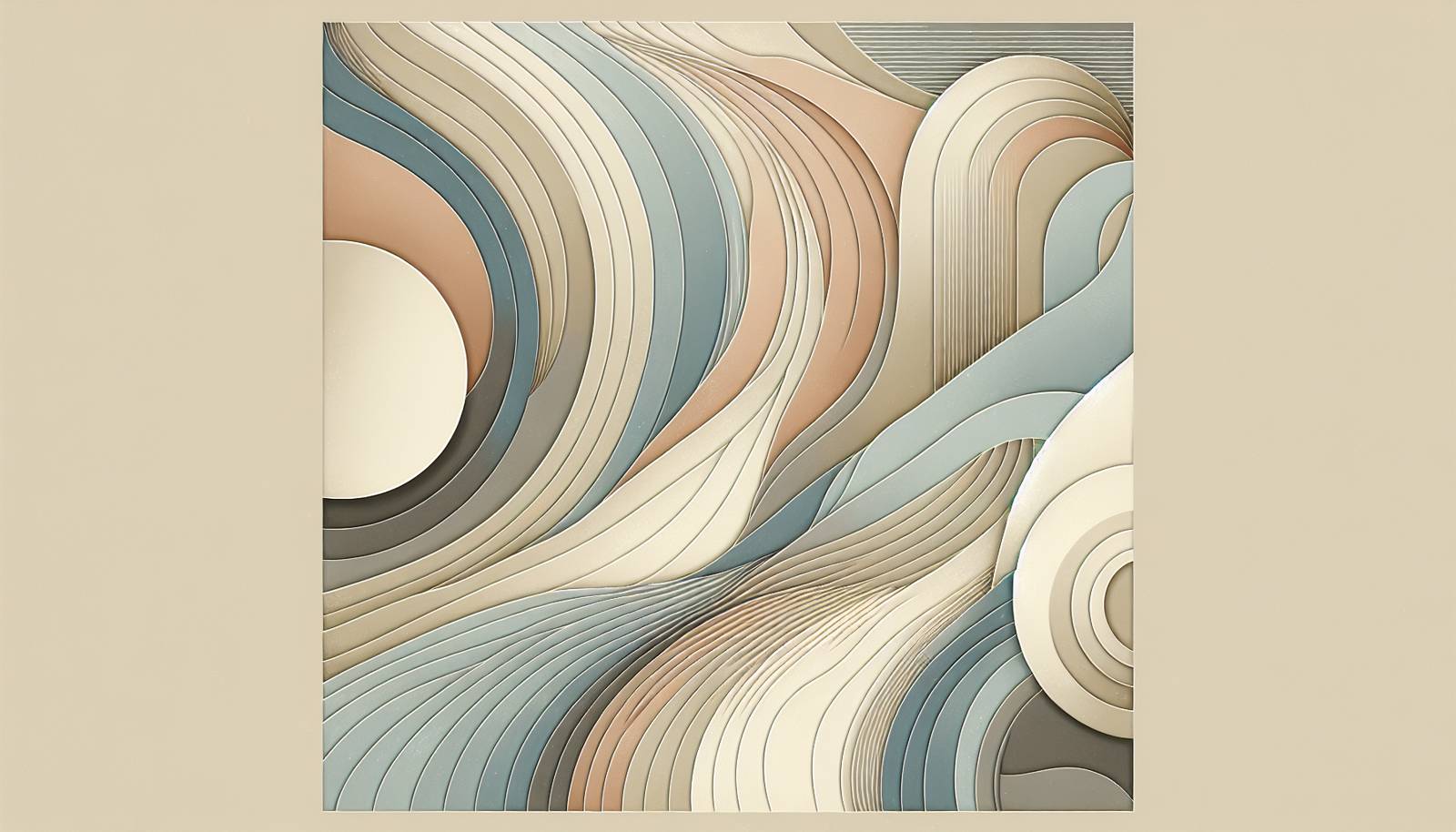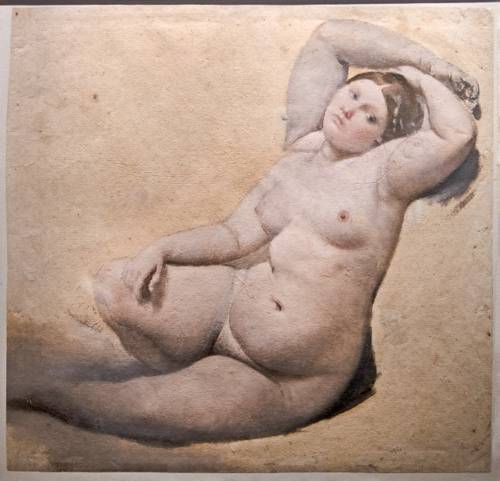
FAQ About Jean-Auguste-Dominique Ingres

Who was Jean-Auguste-Dominique Ingres?
Jean-Auguste-Dominique Ingres was a French neoclassical painter born on August 29, 1780, in Montauban, France. He is renowned for his precise draftsmanship, expressive portraits, and commitment to neoclassical ideals, making him one of the most celebrated artists of his era.

What are some of Ingres' most famous works?
Ingres is best known for several masterpieces, including La Grande Odalisque (1814), The Apotheosis of Homer (1827), and Portrait of Monsieur Bertin (1832). These works showcase his skillful use of line and form, reflecting his dedication to classical art principles.

How did Ingres influence modern art?
Ingres' meticulous techniques have influenced many modern artists, including Pablo Picasso and Henri Matisse, particularly in their use of line. His emphasis on form and the sensuality of the human figure have found resonance in various modern art movements, particularly in how artists depict the human body.

What style is Ingres known for?
Jean-Auguste-Dominique Ingres is primarily associated with the Neoclassical style. This style sought to emulate the art and culture of ancient Greece and Rome, focusing on harmony, clarity, and restraint. Ingres's work exemplifies the precision and elegant lines characteristic of this style.

Where can one view Ingres' paintings today?
Ingres' paintings are held in numerous prestigious institutions worldwide. Major works can be found at the Louvre Museum in Paris, the Metropolitan Museum of Art in New York, and the National Gallery in London. His hometown in Montauban, France, also features the Ingres Museum.

What was Ingres' relationship with Romanticism?
While Ingres was a neoclassical painter, he often stood in opposition to the Romantic style, which favored emotion and color over form and line. Nevertheless, some of his works, such as La Grande Odalisque, exhibit a certain romantic sensuality that blurs the strict boundaries between these artistic movements.

Did Ingres have any notable students or followers?
Yes, Ingres was an influential teacher and his pupils included notable artists such as Théodore Chassériau, Jean-Hippolyte Flandrin, and Edgar Degas. His teaching emphasized the importance of line and form, elements that were evident in the work of his students.

What is the significance of Ingres' painting <i>La Grande Odalisque</i>?
La Grande Odalisque is significant for its exploration of exoticism and sensuality, deviating somewhat from strict neoclassical norms by employing elongated proportions. It is an example of how Ingres subtly merged neoclassical precision with romantic elements, challenging artistic conventions of his time.

How did Ingres view the role of line in painting?
Ingres believed that line was fundamental to artistic expression. He considered it to be more significant than color and viewed it as a means to convey emotion and form. This philosophy was evident in the clean, precise lines that characterized his artwork.

What were Ingres' views on the use of color?
Ingres viewed color as secondary to line and form. He often used a restrained palette, focusing instead on the clarity and precision of contour lines to define his subjects. This approach aligns with his commitment to neoclassical ideals that prioritized line over color.

How did Ingres' background influence his art?
Ingres' early education under neoclassical artist Jacques-Louis David profoundly influenced his style. His background in classical studies and the fine arts academy provided a foundation that emphasized discipline, precision, and adherence to classical ideals, which are evident in his works.

What challenges did Ingres face during his career?
Despite his talent, Ingres often faced criticism for his unconventional style, especially early in his career. Critics initially rejected some of his works for being too exaggerated or sensual. However, his art later gained appreciation for its innovation and technical prowess.

How did Ingres contribute to the development of neoclassical portraiture?
Ingres revolutionized neoclassical portraiture by emphasizing individuality and character in his subjects. His portraits are known for their attention to detail, capturing not just the physical likeness but also the essence of the sitter, as seen in works like Portrait of Madame Moitessier.

What themes are commonly found in Ingres' work?
Common themes in Ingres' work include beauty, classical mythology, and the romantic depiction of the human figure. He often explored subjects that reflected elegance, poise, and the interplay between passion and restraint.

Why is Ingres considered a master draftsman?
Ingres is considered a master draftsman due to his exceptional ability to create precise and flowing lines. His draftsmanship skills set a standard for art, particularly in his use of contours to convey the subtleties of the human form.

Did Ingres ever create sculptures or other forms of art?
While primarily known for painting, Ingres also produced numerous drawings and sketches, which highlight his draftsmanship. However, there is no substantial record of him creating sculptures, as his focus remained predominantly on painting and teaching.

How did Ingres' work reflect the ideals of the Enlightenment?
Ingres' work reflects Enlightenment ideals through its emphasis on rationality, harmony, and beauty as fundamental artistic values. His adherence to classical antiquity and emphasis on line and form underscore the Enlightenment's celebration of reason and classical education.

What influence did Ingres have on the academic art world?
Ingres had a lasting influence on the academic art world through his role as a professor at the École des Beaux-Arts and as the director of the French Academy in Rome. He championed the study of classical forms, anatomy, and draftsmanship, which became cornerstones of academic training.

Was Ingres' work well-received during his lifetime?
Ingres experienced a mixed reception during his lifetime. While he faced criticism and rejection at the beginning of his career, he gained increasing recognition and acclaim later, especially following his appointment as the director of the French Academy in Rome and after his exhibitions in Paris salons.

How did Ingres' art evolve over his career?
Ingres’ art evolved from early works that were deeply rooted in neoclassicism to later compositions that demonstrated a more personal expression of style. Over time, his portraits became more celebrated for their psychological depth and character, showcasing his development as a profound observer of human nature.
